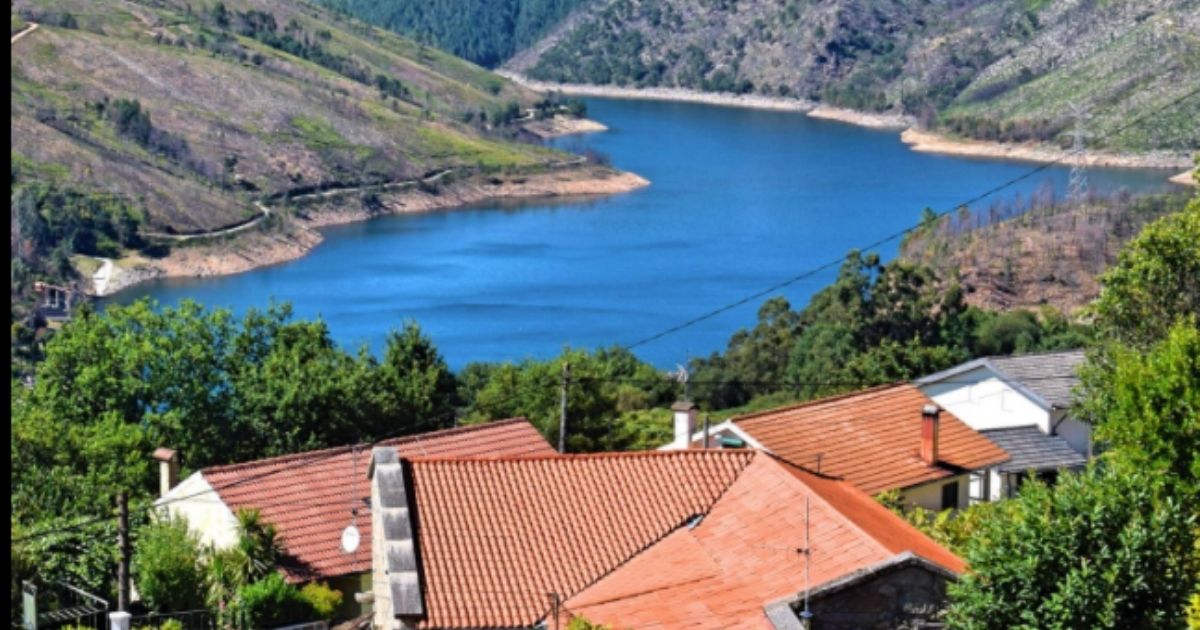A drought is never a good thing, but for one village in Concello de Lobios, Spain, it’s an opportunity for a rare, eerie appearance.
As drought ravaged the area, the water level of the Alto Lindoso reservoir on the border of Spain and Portugal began to drop, revealing rooftops and ruins, and soon most of the once-thriving village known as Aceredo was visible.
The village was condemned to underwater life in 1992, when the reservoir was created, according to Reuters. For nearly 30 years it has been hidden, a silent casualty of the technological advancements of humanity.
[firefly_embed]
[/firefly_embed]
But on Feb. 1, the government ordered several dams, including Alto Lindoso, to drastically cut water use in light of the horrible drought, and slowly the village rose as the water level dropped.
Currently, the reservoir sits at a mere 15 percent capacity. As a result, Aceredo has become a hotspot, and many have visited the site and gotten an intimate glimpse of the city — much of it still intact.
There are rusted cars, shoes and crates of empty beer bottles, creating a bittersweet nostalgia for many who used to know the place before it was intentionally flooded.
[firefly_embed]
[/firefly_embed]
“It’s terrible, but it is what it is,” said Jose Alvarez, who used to work in the village. “That’s life. Some die, and others live.”
“It’s as if I’m watching a movie,” Maximino Perez Romero, 65, added. “I have a feeling of sadness. My feeling is that this is what will happen over the years due to drought and all that, with climate change.”
Many visitors have taken photos of the ruins and shared them online, along with their sentiments regarding the site.
“A few days ago I went to visit the village of Aceredo, in the Galiza region,” Paulo Ramalheira Teixeira posted. “Since 1992, you haven’t seen the village that was submerged by the construction of the Lindoso dam in Alto Minho. They even left a car there.
“It is a heartbreaking sight to see how everything has turned out and no water to feed the dam. This situation deserves deep reflection from all of us. To anyone who intends to visit that territory, be careful with the floor, because I’ve seen cars driving in places where water has been flowing for 30 years and it doesn’t offer great security.”
Professional photographer Pedro Couto shared a series of black-and-white photos of the haunting village.
[firefly_embed]
[/firefly_embed]
“On my visit to the village of Aceredo, I couldn’t help but think about who lived there, in the stunning landscape of the mountains, and was forced to leave,” he wrote.
“The ruins, spotted by drought, are full of tiny details that show the past. Just the little plumber brought back to life. The silence was only filled by the singing of birds and the flowing of the water.”
This article appeared originally on The Western Journal.

























 Continue with Google
Continue with Google